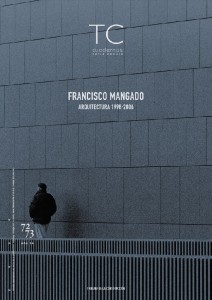Office Building at the Place de L´Europe in París+
2006-
Paris-France
45.000 m2
The city of Paris has almost exhausted its possibilities of building in the center. For this reason the surfaces that may be freed up after covering the railway tracks become real-estate targets. In this case the objective is to take up, basically with offices and commercial facilities, the space that would remain over the platforms of Saint-Lazare station in the area located between the former and Plaçe de l’Europe.
The designed proposal offers both an infrastructural and urban reply. The structural and technical significance of the project brings us back to the impressive spaces left by the large nineteenth-century stations. A space of this kind would be able on its own to gather the strength and richness that an intervention of such urban dimensions demands. Hence, this idea is materialized with a vast metal structure clad in aluminum that configures the large enclosure of the whole intervention and also supplies its urban image. Aside from solving the structural operation of covering the tracks and providing the complex with parking areas, this deep and tectonic skin also generates a large public space, resembling the 19th century metal structures, whose interiors accommodate the different glazed volumes containing offices as well as leisure and commercial functions.
Place de l'Europe, 75008 París, Francia
